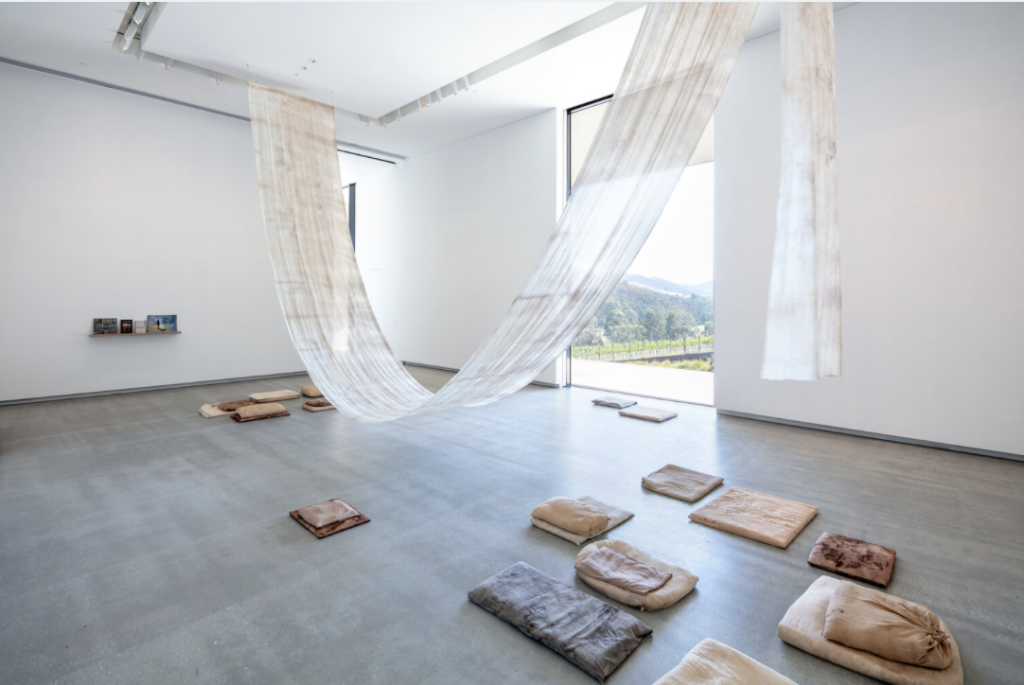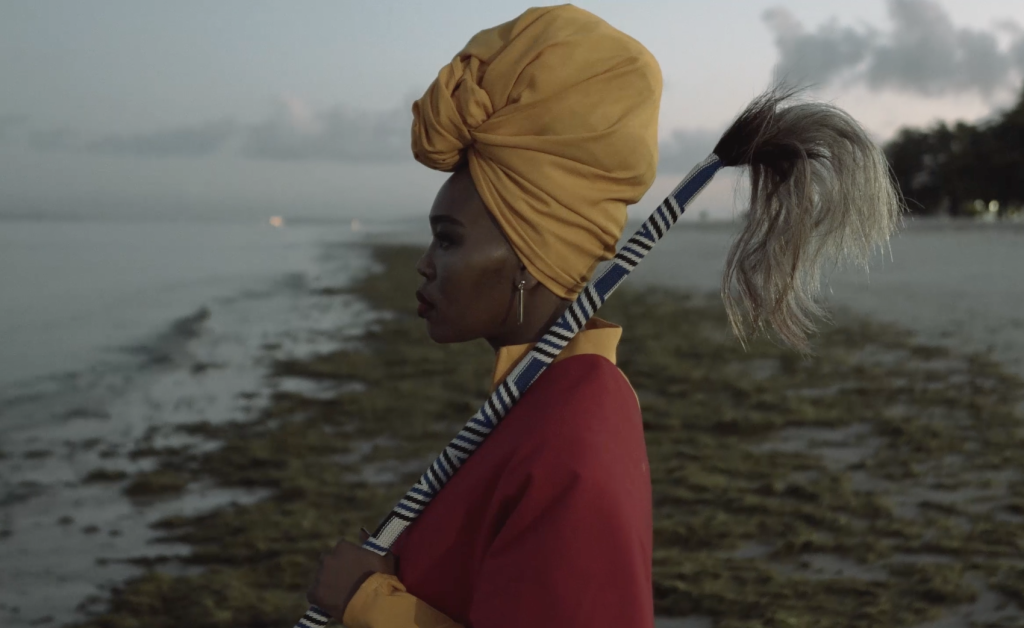Our temporary exhibitions may all be closed, but there continues to be a flurry of activity every day preparing for 2025! A reminder that we’ll be closed to the public after tomorrow until the new year, Dec 21-Jan 1, open again on Jan 2!
We’ve updated the “On View at the Museum” to reflect the many changes to what is on view inside the museum now. Whenever a huge exhibition is being prepared, there is a game of Tetris that is played with moving other art objects to make room, both in the galleries and in storage. It is all very exciting and we’re looking forward to sharing more details and photos in 2025!
In taking down the Actions for the Earth exhibition we had one time-sensitive task to handle, which was removing the live plants in such a way that they could be transplanted and transported to the greenhouse. When we went to start this process, we realized just how happy some of those plants have been – they may not have all gotten tall since August, but their root systems are amazing!
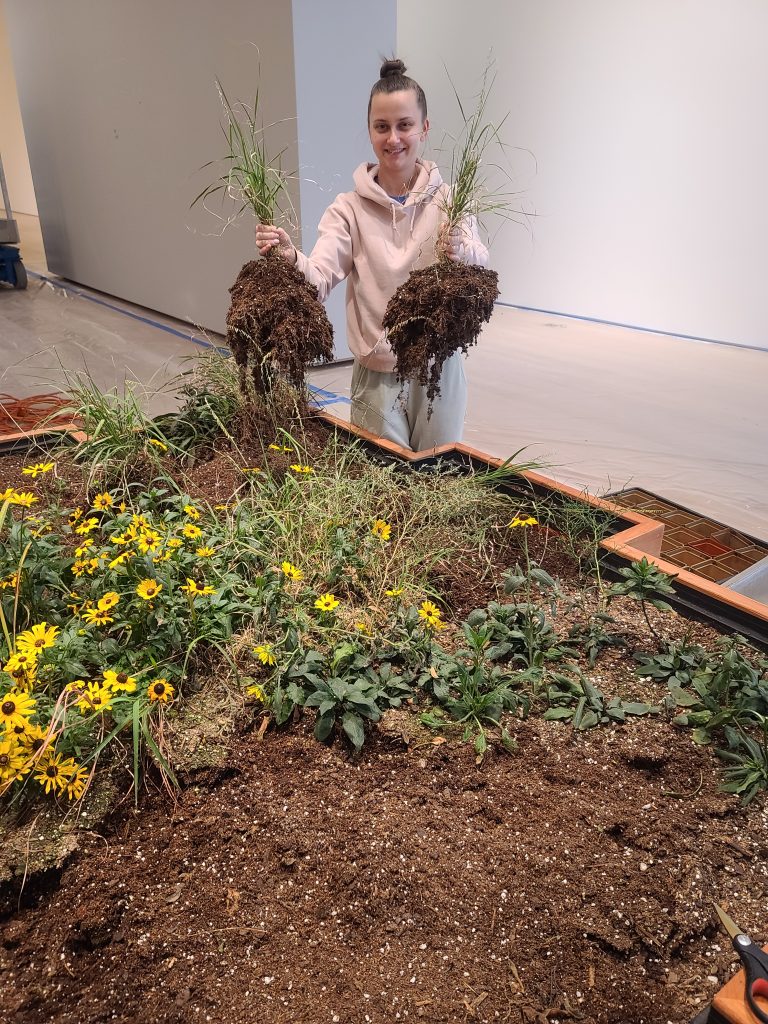
With the help of our exhibition tech team, we were able to get them safely stowed for winter and will be looking forward to planting them on the JCCC campus in spring!

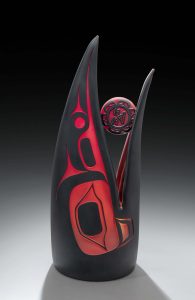
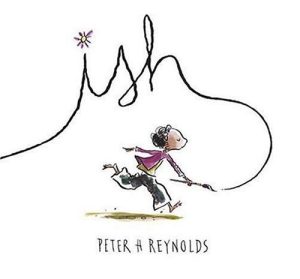
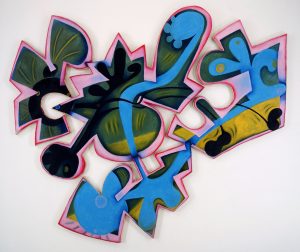
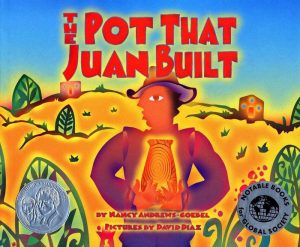
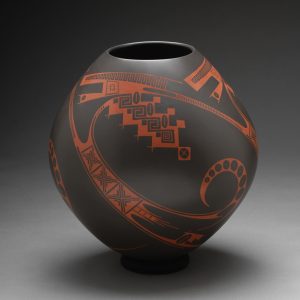
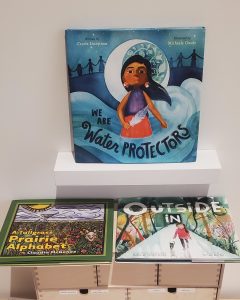
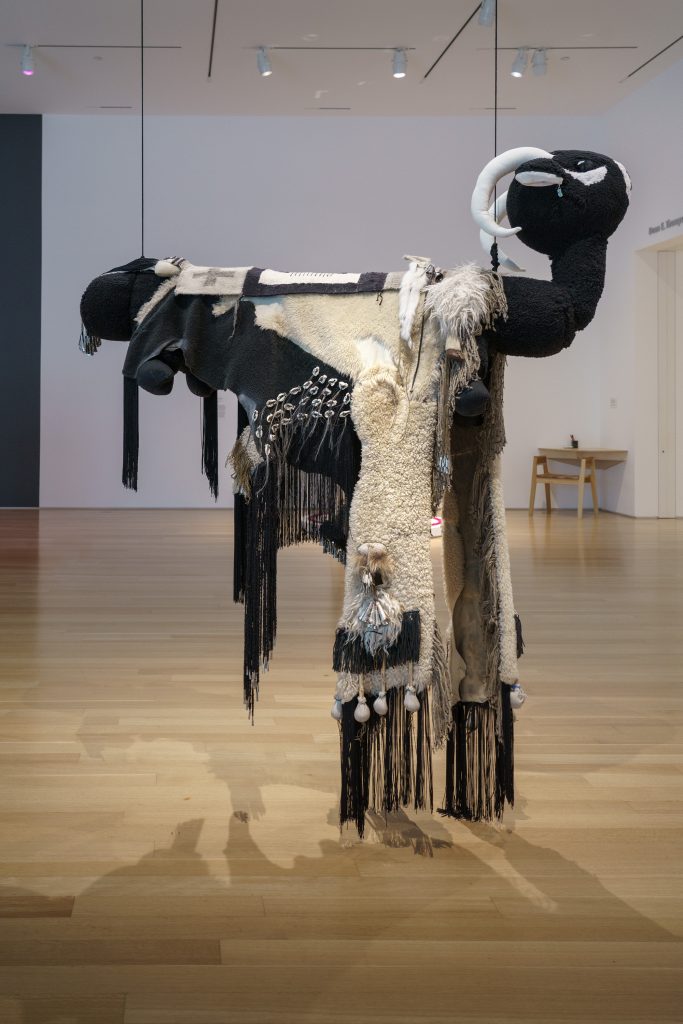
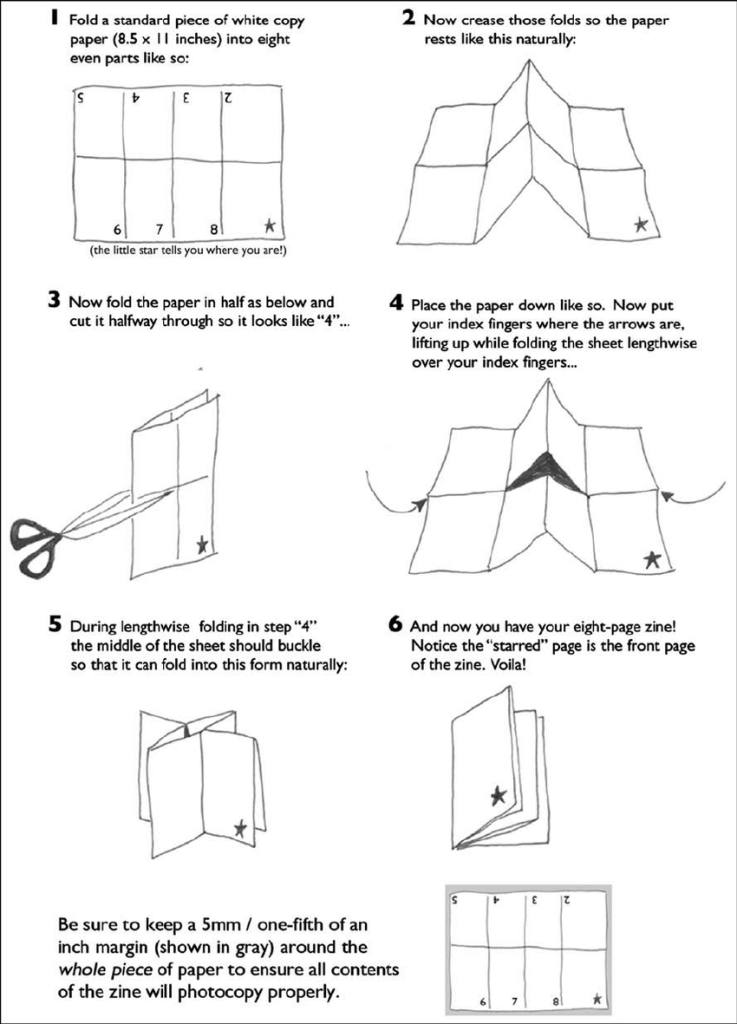
 Some folks have been asking about what plants are in the planting bed in the gallery for the Actions for the Earth exhibition. I made a diagram of what we planted, which lists both common and latin names (my handwriting is small, but you should be able to zoom in).
Some folks have been asking about what plants are in the planting bed in the gallery for the Actions for the Earth exhibition. I made a diagram of what we planted, which lists both common and latin names (my handwriting is small, but you should be able to zoom in).